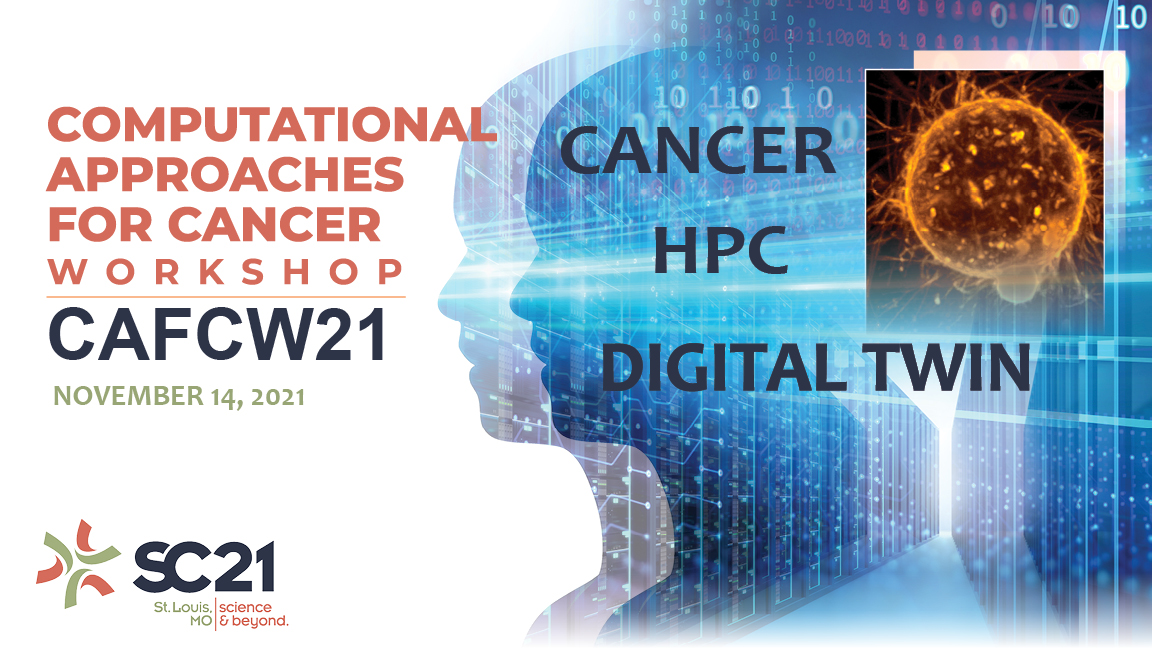
Program
Sunday, November 14, 2021, 9:00 a.m.–5:30 p.m. Central Time
(All times listed are Central Time)
Download a PDF of this program
|
9:00 a.m.–9:10 a.m. |
Welcome — Seventh Computational Approaches for Cancer Workshop (CAFCW21) Eric Stahlberg, PhD, Frederick National Laboratory for Cancer Research |
|
9:10 a.m.–10:00 a.m. |
Featured Speaker: Graham Johnson, Allen Institute Simularium Viewer: An Online Tool for Democratizing the Analysis of Spatiotemporal Biological Models Introduced by Eric Stahlberg, PhD, Frederick National Laboratory for Cancer Research |
|
10:00 a.m.–10:30 a.m. |
CAFCW21 Morning Break |
|
10:30 a.m.–10:45 a.m. |
An Integrated Simulation-HPC-Learning Approach to Create Cancer Patient Templates for Digital Twins Presenter: Heber Lima da Rocha, PhD, Indiana University Abstract: Building from recent COVID-19 modeling, we developed a multiscale agent-based model of melanoma micrometastases and immune response in lung tissue. The cellular components of the tumor microenvironment are formed by healthy epithelial cells from the lung, isolated melanoma cells, and immune cells: macrophages, dendritic cells, CD8+, and CD4+ T cells. The model also includes immune cell trafficking to and from the lymphatic system to drive an expanding immune response. Melanoma cells proliferate uncontrolled, causing mechanical stress in the region of the cell cluster. This mechanical factor leads to the death of healthy cells in the region, stimulating the activation of antigen-presenting cells (APCs). Apoptotic melanoma cell death can also activate APCs. Macrophages ingest dead cell debris and produce proinflammatory cytokines, recruiting more APCs to the region. Dendritic cells are activated when in contact with dying cells (lung and melanoma) and 'receive' their antigen signature. Activated dendritic cells migrate to the lymph node and recruit CD8+ and CD4+ T cells that can induce cancer cell death. |
|
10:45 a.m.–11:15 a.m. |
Oncolomics: Digital Twins & Digital Triplets in Cancer Care Presenter: Asoke Talukder Authors: Asoke Talukder, PhD, National Institute of Technology Karnataka, Surathkal; Roland Haas, PhD, QSO-Technologies Abstract: To address the complex challenges in cancer care, we integrated two digital twins, namely, (A) Digital twin of oncologists' mind, and (B) Digital twin of the patients' physical state. The oncologist's twin is realized through the semantic integration of (1) NCI Thesaurus (NCIt), (2) Gene Ontology (GO), and (3) Disease-Gene Network (DisGeNET). These knowledge bases are mostly curated for researchers by expert researchers from hundreds of person-years of specialized knowledge. We earlier constructed the Diseasomics knowledge graph that combined Disease Ontology (DO), DisGeNET, SNOMED CT, PharmGKB, and disease Symptoms association network constructed through NLP, and other AI techniques from PubMed, Wikipedia, and curated knowledge for universal healthcare. In Oncolomics, we used the digital triplet to discover missing links (link prediction) or the unknown knowledge in NCIt and enhance the accuracy of the knowledge graph. |
|
11:15 a.m.–11:45 p.m. |
Topological Interpretation of Deep-Learning Models Presenter: Adam Spannaus Authors: Adam Spannaus, PhD, Oak Ridge National Laboratory; Shang Gao, PhD, Oak Ridge National Laboratory; Noah Schaefferkoetter, Oak Ridge National Laboratory; Lynne Penberthy, MD, National Cancer Institute; Jennifer Doherty, PhD, Utah Cancer Registry; Eric Durbin, DrPH, Kentucky Cancer Registry; Steven Schwartz, PhD, Seattle-Puget Sound Registry; Antoinette Stroup, PhD, New Jersey State Cancer Registry; Xiao-Cheng Wu, MD, Louisiana Tumor Registry; Charles Wiggins, PhD, New Mexico Tumor Registry; Georgia Tourassi, PhD, Oak Ridge National Laboratory Abstract: Developing trust in the predictions made from an AI-based algorithm is a tantamount concern, especially in systems such as threat detection or medical diagnosis where outcomes may have tragic consequences. This work presents a topologically informed methodology for inferring prominent features in a deep-learning classification model trained on clinical text. Creating a graph of the model's prediction space, we cluster the inputs into the vertices of the graph and extract subgraphs demonstrating high-predictive accuracy for a given label. These nodes contain a wealth of information about features that the deep-learning model has recognized as important. We demonstrate fidelity of these inferred features to the original model by appending these terms to incorrectly classified documents and showing an increase in classification accuracy on these augmented documents. This work demonstrates that we may gain actionable insights for subsequent models by improving erroneous classifications and providing a path forward for continuous improvement. |
|
11:45 a.m.–12:30 p.m. |
Panel: Workforce Development and Inclusion Moderator: Sally Ellingson, PhD, University of Kentucky Panelists: Belinda Akpa, PhD, Oak Ridge National Laboratory Michelle Berny-Lang, PhD, National Cancer Institute Center for Strategic Scientific Initiatives Caiden Lukan, Butler University Nastaran Zahir, PhD, Cancer Training Branch Center for Cancer Training, National Cancer Institute |
|
12:30 p.m.–2:00 p.m. |
Lunch (on your own) and Virtual Poster Session URL: https://cafcw21.virtualpostersession.org/ Posters Using Keywords to Improve Classification Robustness on Cancer Pathology Reports, Andrew Blanchard, PhD, Oak Ridge National Laboratory Non-invasive Classification of Isocitrate Dehydrogenase Mutation Status of Gliomas from Multi-Modal MRI Using a 3D Convolutional Neural Network: A Retrospective Multi-Institutional Analysis, Satrajit Chakrabarty, Washington University in St. Louis Ensemble Learning for Deploying Robust TextCNN Models for Automatic Information Extraction from Cancer Pathology Reports, Kevin De Angeli, Oak Ridge National Laboratory Identifying Sources of Mismatches in an Abstaining Classifier for Text Reports on Cancer Pathology, Sayera Dhaubhadel, Los Alamos National Laboratory Applying Deep Learning Methods to Nuclei Detection in Whole Slide Images in LabCAS, Zachary Johnson, Alphan Altinok, Massachusetts Institute of Technology (MIT) Voxel-Based Analysis to Investigate the Impact of Regional Dose Distribution on Radiation-Induced Lymphopenia After Radiotherapy for Lung and Liver Cancer Patients., Yejin Kim, Korea Advanced Institute of Science and Technology (KAIST) Use of LogBB Data to Model and Predict Small Molecule Blood Brain Barrier Penetrance, Caiden Lukan, Accelerating Therapeutics for Opportunities in Medicine (ATOM) Consortium Whole-Body Blood Flow Simulations to Investigate Lymphocyte Depletion Caused by Radiotherapy, Lucas McCullum, Harvard Medical School OncoMiner: An updated pipeline for analyzing genomic sequencing data from changing technologies, Jonathon Mohl, PhD, University of Texas at El Paso Medical Cybernetics for Telemonitoring and Telemedicine Supporting Primary Prevention and Treatment of Cancer, Zsolt Ori, MD, Ori Diagnostic Instruments Cancer Compass: Biomarkers for Early Detection of Cancer, Asoke Talukder, PhD, SRIT India Differentially Expressed Genes in NMIBC vs. MIBC Along with Their Targeted Networks and Pathways, Akhil Wali, National Institutes of Health (NIH), National Cancer Institute Functional effect prediction and frequency-based analysis of genetic sequence variants in patients with cancer, Bofei Wang, The University of Texas at El Paso Using Machine Learning Models to Predict Cancer Outcomes, Rachel Wofford, Oregon State University Emerging gain-of-function mutations: their computational interpretation and multi-omic characterization, S. Stephen Yi, PhD, University of Texas at Austin Dynamics-Adapted Radiotherapy Dose (DARD) for head and neck cancer radiotherapy dose personalization, Mohammad Zahid, PhD, Moffitt Cancer Center |
|
2:00 p.m.–2:15 p.m. |
From Regulatory Networks to Microenvironments: Multiscale Multicellular Cancer Modeling and Simulation with CompuCell3D T.J. Sego, PhD, Indiana University Abstract: Modeling the interplay of subcellular, intercellular and environmental factors is critical to producing meaningful, predictive simulations of cancer progression in vivo and testing biological hypotheses with virtual tissues. CompuCell3D is an open-source, cross-platform simulation environment that provides multiscale, multicellular biological modeling and simulation capabilities for a broad range of applications. New modeling, simulation and computing capabilities make CompuCell3D more relevant than ever to testing biological hypotheses in a multicellular context while considering processes that span scales from the subcellular to organismal scales. This talk presents new capabilities of CompuCell3D as relevant to modeling cancer onset and progression. The survey of new features includes capabilities like interactive Boolean network modeling, to computing leveraging high-performance computing environments. New features are demonstrated with examples related to proliferation, immune response and tissue recovery. An overview of an advanced application also demonstrates how CompuCell3D readily supports concurrent, collaborative development of complex modeling and simulation projects. |
|
2:15 p.m.–2:45 p.m. |
Probing Decision Boundaries in Cancer Data Using Noise Injection and Counterfactual Analysis Presenter: Ashka Shah Authors: Rajeev Jain, Argonne National Laboratory; Ashka Shah, University of Chicago; Jamaluddin Mohd-Yusof, PhD, Los Alamos National Laboratory; Justin Wozniak, PhD, Argonne National Laboratory; Thomas Brettin, Argonne National Laboratory; Fangfang Xia, PhD, Argonne National Laboratory; Rick Stevens, Argonne National Laboratory Abstract: Advanced analyses and computations based on gene expressions are prone to errors as they depend on experimental design, chemical operations/measurements, and data analysis. The assembly and aggregation of such data for creating deep neural network models may further influence the accuracy of these analyses. For example, the CANDLE NT3 Benchmark uses a table of laboratory-obtained data mapping RNA expression data to a normal or tumor designation and is used to make predictions about given expression samples. In this work, we use the NT3 Benchmark to study the effects of injecting bad data at different rates to study the impacts on the resulting predictions. Our data manipulations include flipping classification labels (label noise) and introducing noise in gene expressions (feature noise). We present results for the performance of both the base NT3 Benchmark and NT3 with the addition of the abstention class in the presence of various types of injected noise. For higher noise levels, the ability of the base network to correctly predict the normal/tumor classification (as measured by the validation accuracy) degrades significantly. Use of the abstaining classifier allows the model to learn when the labels have become unreliable and abstain from providing a prediction in that case, while retaining accuracy. |
|
2:45 p.m.–3:00 p.m. |
Predicting Tumor Time to Recurrence from Free-Text Notes Divya Nagaraj, Stanford University Abstract: Electronic medical records contain a significant amount of unstructured patient information from free text, but crucial information can be difficult to find within lengthy notes. Thus, we develop an automated tool that can detect mentions of tumor recurrence and progression in clinical, radiology and pathology notes to infer time to recurrence and progression. This approach avoids the need for re-training models and is flexible enough to be applied to a variety of institutions and note types. We tested this approach with a cohort of pediatric and adult brain tumor patients with 27,137 clinical, radiology and pathology notes from Stanford University Hospital, creating cumulative patient trajectory graphs and fine-tuning models to predict time to recurrence. To assess initial accuracy, we compared the patient trajectories to their diagnosis from the ICD-10 codes associated with the notes and found high accuracy from the weak labeling pipeline. |
|
3:00 p.m.–3:30 p.m. |
Afternoon Break |
|
3:30 p.m.–4:15 p.m. |
Panel: Digital Twins for Cancer Care Moderator: Emily Greenspan, PhD, National Cancer Institute Panelists: Matthew McCoy, PhD, Georgetown University Paul Macklin, PhD, Indiana University Leili Shahriyari, PhD, University of Massachusetts Amherst Tanveer Syeda-Mahmood, PhD, IBM |
|
4:15 p.m.–4:30 p.m. |
Image-informed Mathematical Modeling to Predict Patient-Specific Treatment Response to Neoadjuvant Systemic Therapy in Triple Negative Breast Cancer Chengyue Wu, PhD, Oden Institute for Computational Engineering and Sciences, University of Texas at Austin Abstract: Patients with locally advanced, triple-negative breast cancer (TNBC) typically receive neoadjuvant therapy (NAT) to downstage the tumor and for improved surgical outcomes. A critical, unmet need is a method to accurately predict an individual patient’s response to NAT, thereby allowing for the opportunity to guide further interventions. In this work, we construct and apply a clinical-computational framework that integrates quantitative magnetic resonance imaging with physics-based, mathematical modeling to predict the response of TNBC early in the course of NAT. Preliminary results demonstrate the potential of the clinical-computational framework as a powerful tool for predicting response to NAT. Ongoing efforts include applying the approach to the whole patient cohort and performing the systematic model selection. Once validated, the approach could also assist in optimizing treatment plans on a patient-specific basis or guiding patient selection in trials for novel NAT regimens. |
|
4:30 p.m.– 4:45 p.m. |
Leveraging High-Performance Computing and Quantitative Imaging for Personalized Spatial-Temporal Forecasts of High-Grade Glioma Treatment Response Presenter: David Hormuth Authors: David Hormuth, PhD, University of Texas at Austin, Oden Institute; Maguy Farhat, MD, MD Anderson Cancer Center; Brandon Curl, MD Anderson Cancer Center; Thomas Yankeelov, PhD, University of Texas at Austin, Oden Institute; Caroline Chung, MD, MD Anderson Cancer Center Abstract: Maximal safe resection followed by combination radiotherapy and chemotherapy is the standard treatment approach for patients with high-grade gliomas to target residual and infiltrative tumor. Response to therapy depends on the ability to target the tumor and on the treatment sensitivity influenced by factors including tumor physiology and phenotypic behavior. While adaptive radiotherapy is possible, identifying subregions of disease that are likely to progress during the course of therapy would allow for anticipatory adjustments in the radiotherapy treatment to target more aggressive tumor areas. Towards realizing the goal of timely, personalized treatment adaptions, we have developed a family of biologically based, mathematical models of tumor growth and response, which are initialized and calibrated using patient-specific multi-parametric magnetic resonance imaging (mpMRI) data. mpMRI enables non-invasive measurement of tumor morphology, vascularity, and cellularity. In this report, we leverage high-performance computing resources to calibrate a family of models in patients with high-grade gliomas. |
|
4:45 p.m.–5:00 p.m. |
GenomicSuperSignature: Interpretation of RNA-Seq Experiments Through Robust, Efficient Comparison to Public Databases Presenter: Sean Davis Authors: Sehyun Oh, PhD, City University of New York; Levi Waldron, PhD, City University of New York; Sean Davis, MD, PhD, University of Colorado Anschutz School of Medicine Abstract: Millions of transcriptomic profiles have been deposited in public archives yet remain underused for the interpretation of new experiments. Existing methods for leveraging these public resources have focused on the reanalysis of existing data or analysis of new datasets independently. We present a novel approach to interpreting new transcriptomic datasets by near-instantaneous comparison to public archives without high-performance computing requirements. All necessary data and functions to apply our approach to existing or new data are included in our software available as part of the Bioconductor project. In brief, we performed Principal Component Analysis (PCA) on the results of 536 public genomics studies comprising 44,890 RNA sequencing profiles. Sufficiently similar loading vectors, when compared across studies, were aggregated to form Replicable Axes of Variation (RAV). We annotated RAVs with metadata of originating studies and by gene set enrichment analysis, forming a knowledge graph. Functionality to associate new datasets with RAVs, extract interpretable annotations, and provide intuitive visualization are implemented as the GenomicSuperSignature R/Bioconductor package. |
|
5:00 p.m.–5:15 p.m. |
Electronic Health Records (EHR) Significantly Under-Capture Patient Co-Morbidity Presenter: Thomas Dilling Authors: Thomas Dilling, MD; Rachel Howard, PhD; Lynn Ansley, Moffitt Cancer Center Abstract: The concept of a digital twin in healthcare is predicated upon mimicking, as closely as possible, the clinical state of the patient. However, EHR implementations might suffer in data quality, as they are incumbent upon accurate/complete data entry (typically) into discrete data fields. Unfortunately, the well-documented problem of healthcare provider “click fatigue” might preclude full capture of data. One of the most important predictors of cancer outcome is performance status, which also conceptually incorporates the patient’s comorbid illnesses. Does the EHR potentially underestimate patients’ disease burden? In this analysis, we compared ICD-10 capture of patient co-morbidities from the EHR’s Diagnoses with those from the billing system (coded by billers from each clinic note). We hypothesized that discrete comorbidity data from the billing system would be statistically larger in number and scope than those captured within the EHR. We utilized a cohort of lung cancer patients treated with radiotherapy who were covered under a retrospective research protocol. Comorbidity information was separately pulled from the EHR (PowerChart, Cerner Medical Systems, Kansas City, MO) and the billing (B) system (Soarian, Cerner Medical Systems, Kansas City, MO). Cohorts were standardized, utilizing only patients with data available from both systems. ICD-9 codes, SNOMED codes and invalid ICD-10 codes were removed. Because chronic conditions were recapitulated at each patient visit in B, all duplicates were removed. By doing so, we generated a “maximal” comorbidity list for each patient from each system for purposes of comparison. |
|
5:15 p.m.–5:30 p.m. |
CAFCW21 Wrap-Up |
Featured Speaker
Graham Johnson, Allen Institute
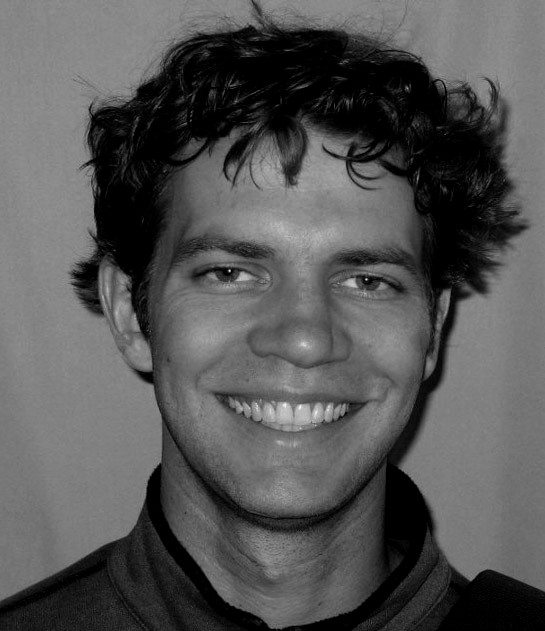 Ever since working on his first depictions of cell biology as a Medical Illustrator, Graham dreamed of being able to peer deep into a cell— to explore structural and mechanistic relationships across all scales as a means to better understand a cell’s inner workings. He eventually returned to graduate school for a second degree to establish protocols and develop software that could begin to assemble multitudes of fragmented data, spanning all of biology, into integrated whole-cell structural models. His former UCSF lab’s Mesoscope project and his current team at the Allen Institute for Cell Science continue this mission by uniting biologists, programmers, and artists to interoperate the computational tools of science and art. They built the Allen Cell Explorer website (allencell.org) to provide online access to a trove of volumetric microscopy images, analysis tools, modeling tools, and scientific summaries that describe the organizational diversity of human stem cells. Now, in 2021, they have begun an effort to refactor and democratize their data and tools to make them more robust, reproducible, and easy to use.
Ever since working on his first depictions of cell biology as a Medical Illustrator, Graham dreamed of being able to peer deep into a cell— to explore structural and mechanistic relationships across all scales as a means to better understand a cell’s inner workings. He eventually returned to graduate school for a second degree to establish protocols and develop software that could begin to assemble multitudes of fragmented data, spanning all of biology, into integrated whole-cell structural models. His former UCSF lab’s Mesoscope project and his current team at the Allen Institute for Cell Science continue this mission by uniting biologists, programmers, and artists to interoperate the computational tools of science and art. They built the Allen Cell Explorer website (allencell.org) to provide online access to a trove of volumetric microscopy images, analysis tools, modeling tools, and scientific summaries that describe the organizational diversity of human stem cells. Now, in 2021, they have begun an effort to refactor and democratize their data and tools to make them more robust, reproducible, and easy to use.
Thank you to our CAFCW21 Program Committee:
Natalie Abrams, PhD, National Cancer Institute
Boris Aguilar, PhD, Institute for Systems Biology
Marian Anghel, Los Alamos National Laboratory
John Baldoni, PhD
Jeff Buchsbaum, MD, PhD, National Cancer Institute
Hsun-Hsien Shane Chang, PhD, Novartis
Keyvan Farahani, PhD, National Cancer Institute
Cristina Garcia-Cardona, PhD, Los Alamos National Laboratory
Emily Greenspan, PhD, National Cancer Institute
Christopher Hartshorn, PhD, National Cancer Institute
Florence Hudson, Northeast Big Data Innovation Hub at Columbia University in the City of New York
Ai Kagawa, PhD, Brookhaven National Laboratory
Ho-Joon Lee, PhD, Yale University
Amanda Paulson, PhD, University of California, San Francisco
Bill Richards, PhD, Brigham and Women’s Hospital, Harvard Medical School
Gundolf Schenk, PhD, University of California, San Francisco
Ilya Shmulevich, PhD, Institute for Systems Biology
Amber Simpson, PhD, Queen's University
Thomas Steinke, PhD, Zuse Institute Berlin
Kristin Swanson, PhD, Mayo Arizona
Gina Tourassi, PhD, Oak Ridge National Laboratory
George Zaki, PhD, Frederick National Laboratory
CAFCW21 Organizing Committee:
Eric Stahlberg, PhD, Frederick National Laboratory for Cancer Research
Sean Hanlon, PhD, National Cancer Institute
Sally Ellingson, PhD, University of Kentucky
Patricia Kovatch, Icahn School of Medicine, Mount Sinai
Lynn Borkon, Frederick National Laboratory for Cancer Research
Petrina Hollingsworth, Frederick National Laboratory for Cancer Research
Presenters
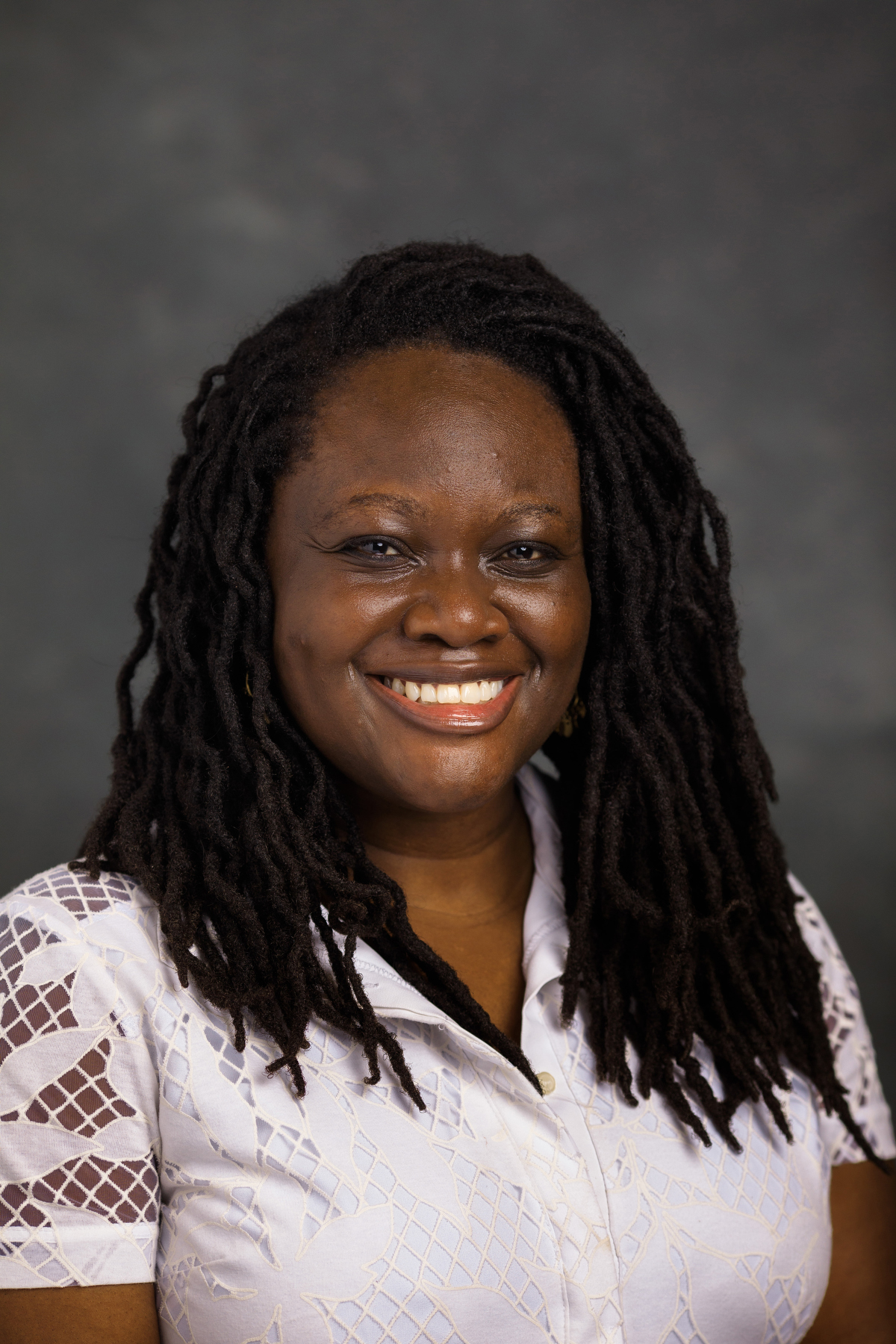 Belinda S. Akpa, Oak Ridge National Laboratory
Belinda S. Akpa, Oak Ridge National Laboratory
Belinda S. Akpa is a Senior Staff Scientist in Quantitative Systems Biology at Oak Ridge National Laboratory and Joint Associate Professor in Chemical and Biomolecular Engineering at the University of Tennessee. She holds a BA, MEng and doctorate in Chemical Engineering from the University of Cambridge (UK). A highly interdisciplinary researcher, her current interest is in developing multiscale mathematical frameworks that integrate scarce and heterogeneous data to connect molecular phenomena to dynamic physiological outcomes. To date, her work has touched the fields of pharmacology/toxicology, membrane biophysics, plant physiology and forensic anthropology.
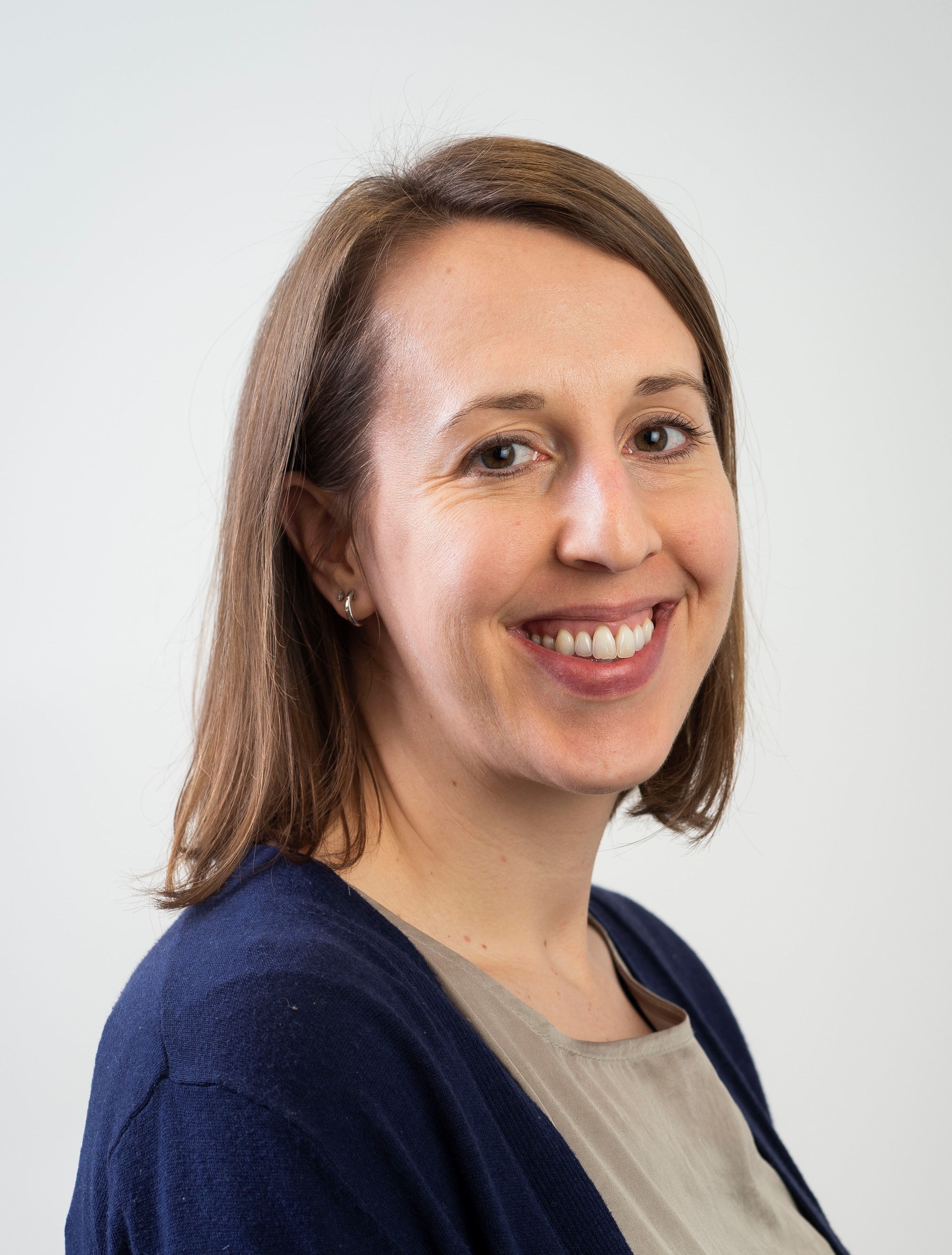 Michelle Berny-Lang, PhD, National Cancer Institute
Michelle Berny-Lang, PhD, National Cancer Institute
Dr. Michelle Berny-Lang serves as a Program Director for the National Cancer Institute, National Institutes of Health. She leads the development of scientific initiatives and works to facilitate multidisciplinary collaborations among researchers, NCI and NIH colleagues and external partners.
Dr. Berny-Lang partnered with the Veterans Health Administration to launch the Big Data Scientist Training Enhancement Program (BD-STEP), designed to recruit and retain quantitative expertise in clinical research teams. She is a founding member of the cancer and thrombosis collaboration with the National Heart, Lung and Blood Institute and recently developed a new program with the National Institute of Biomedical Imaging and Bioengineering at the intersection of synthetic biology and cancer research.
She completed a postdoctoral fellowship at Harvard Medical School and earned a Ph.D. in biomedical engineering from Oregon Health & Science University. Her research in over 25 co-authored publications is focused on the mechanisms of blood cell and thrombotic disorders.
Sean Davis, MD, PhD, University of Colorado Anschutz School of Medicine
Sean Davis is a professor of medicine at the University of Colorado Anschutz School of Medicine, with an interest in bioinformatics; software, tool and database development; cancer genomics; and cloud computing application to biomedical research.
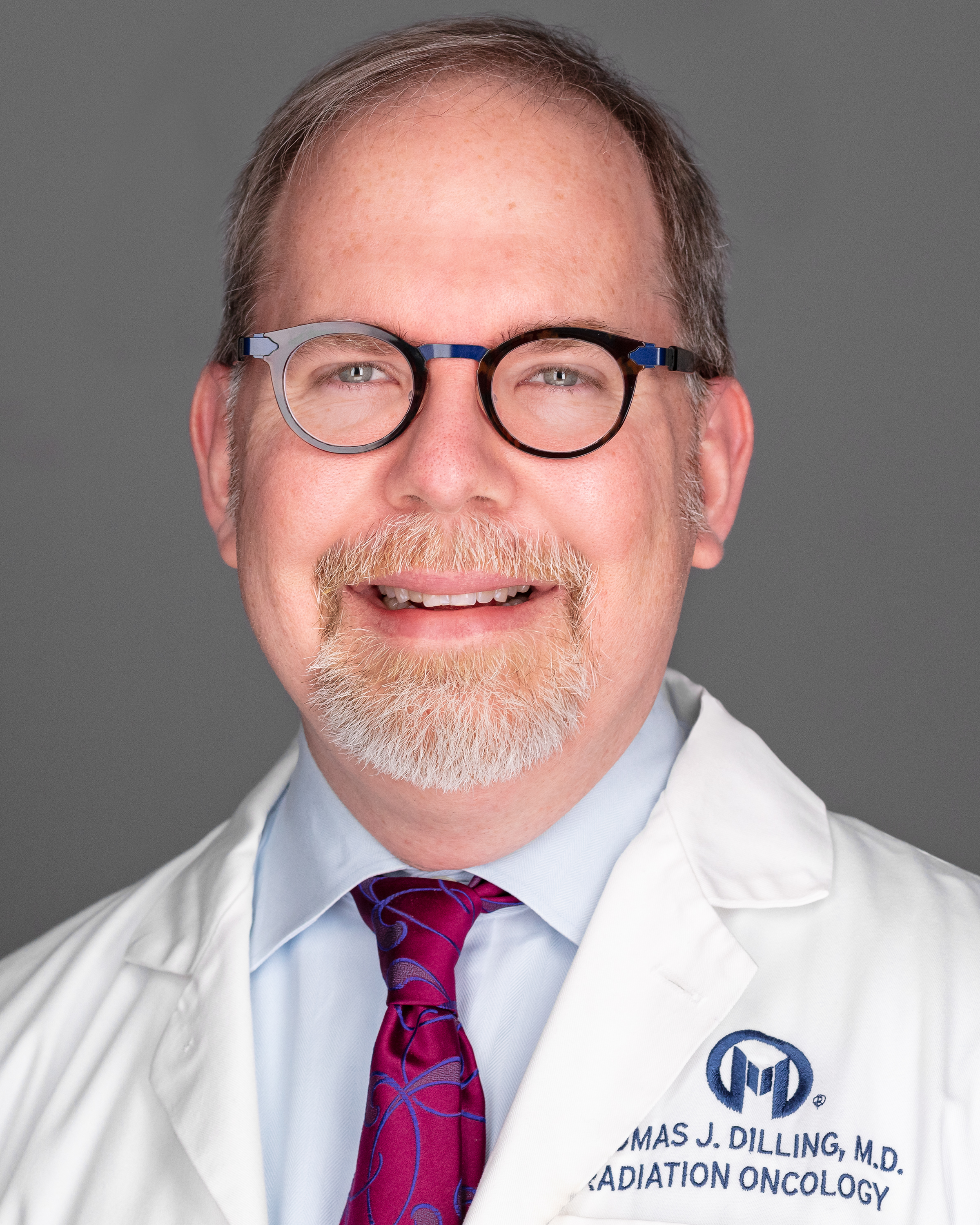 Thomas Dilling, MD, Moffitt Cancer Center
Thomas Dilling, MD, Moffitt Cancer Center
Dr. Dilling is the Chief of the Thoracic Radiotherapy Service at Moffitt. He also has strong interest in data science and a Master's degree in Information Technology. In particular, he is interested in utilizing vast stores of clinical data to improve prediction of oncological toxicities and outcomes.
Sally Ellingson, PhD, University of Kentucky
Dr. Sally Ellingson is a computational scientist working at the intersectio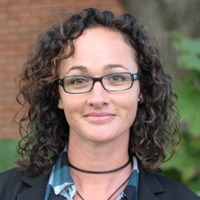 n of computational biology and high-performance computing. She has undergraduate degrees in computer science and mathematics from Florida Institute of Technology. She obtained her doctoral degree at the University of Tennessee and Oak Ridge National Laboratory under a fellowship funded by the National Science Foundation in computational biology. She is an assistant professor in the Division of Biomedical Informatics at the University of Kentucky College of Medicine. In her additional role as the manager for High-Performance Computing Services for the Markey Cancer Center’s Cancer Research Informatics Shared Resource Facility, she facilitates high throughput genomics and big data processing for precision medicine resulting in targeted cancer therapies. Recently she has been combining simulations, big data, and machine learning to increase the accuracy of drug binding predictions. With her passion for high-performance computing, her research goals lie in harnessing computational power for discoveries otherwise not possible in biomedical areas of high societal importance.
n of computational biology and high-performance computing. She has undergraduate degrees in computer science and mathematics from Florida Institute of Technology. She obtained her doctoral degree at the University of Tennessee and Oak Ridge National Laboratory under a fellowship funded by the National Science Foundation in computational biology. She is an assistant professor in the Division of Biomedical Informatics at the University of Kentucky College of Medicine. In her additional role as the manager for High-Performance Computing Services for the Markey Cancer Center’s Cancer Research Informatics Shared Resource Facility, she facilitates high throughput genomics and big data processing for precision medicine resulting in targeted cancer therapies. Recently she has been combining simulations, big data, and machine learning to increase the accuracy of drug binding predictions. With her passion for high-performance computing, her research goals lie in harnessing computational power for discoveries otherwise not possible in biomedical areas of high societal importance.
Dr. Ellingson engages in mentoring and outreach, especially for underrepresented groups in computational sciences. She has been actively engaged in the organization of the student programs at Supercomputing since 2014. She has helped organize the Broader Engagement program, spent several years helping with the Student Volunteer program, ran the Mentor-Protégé program and School Tours. This year she is Chair of Student Programming and managing the virtualization of this program.
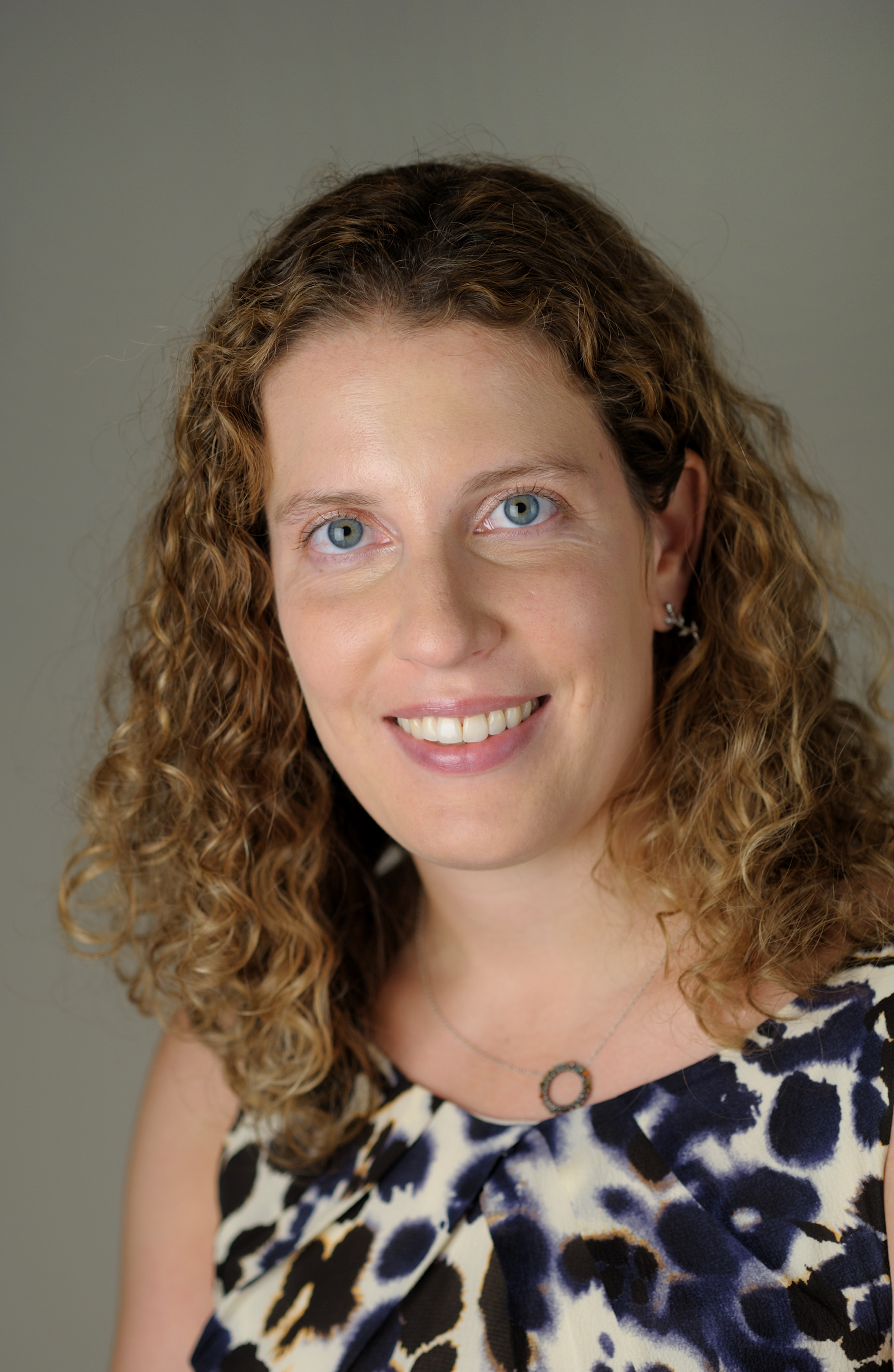 Emily Greenspan, PhD, National Cancer Institute
Emily Greenspan, PhD, National Cancer Institute
Dr. Emily Greenspan is a biomedical informatics program director in the Center for Biomedical Informatics and Information Technology (CBIIT) at the National Cancer Institute (NCI). She serves as the NCI federal program lead for the NCI-Department of Energy (DOE) Collaborations focused on applying advanced computing and artificial intelligence (AI) technologies to specific areas of cancer research. She has supported and promoted predictive oncology and AI strategies across NCI.
 Sean E. Hanlon, PhD, National Cancer Institute
Sean E. Hanlon, PhD, National Cancer Institute
Dr. Sean E. Hanlon is acting deputy director of the NCI Center for Strategic Scientific Initiatives (CSSI) where he provides leadership in planning, developing and implementing initiatives with a focus on emerging areas of science with potential impact across the cancer research continuum. Dr. Hanlon is also the lead program director for the NCI’s Provocative Questions Initiative that aims to foster research in understudied areas. Additionally, he provides scientific leadership to collaborative transdisciplinary programs, including the NIH Common Fund’s 4D Nucleome program and the NCI’s Human Tumor Atlas Network. Dr. Hanlon also serves as a representative on NCI, NIH and inter-agency committees, including Cancer Moonshot Implementation teams, the trans-NCI Data Sharing working group and the trans-NCI Artificial Intelligence working group.
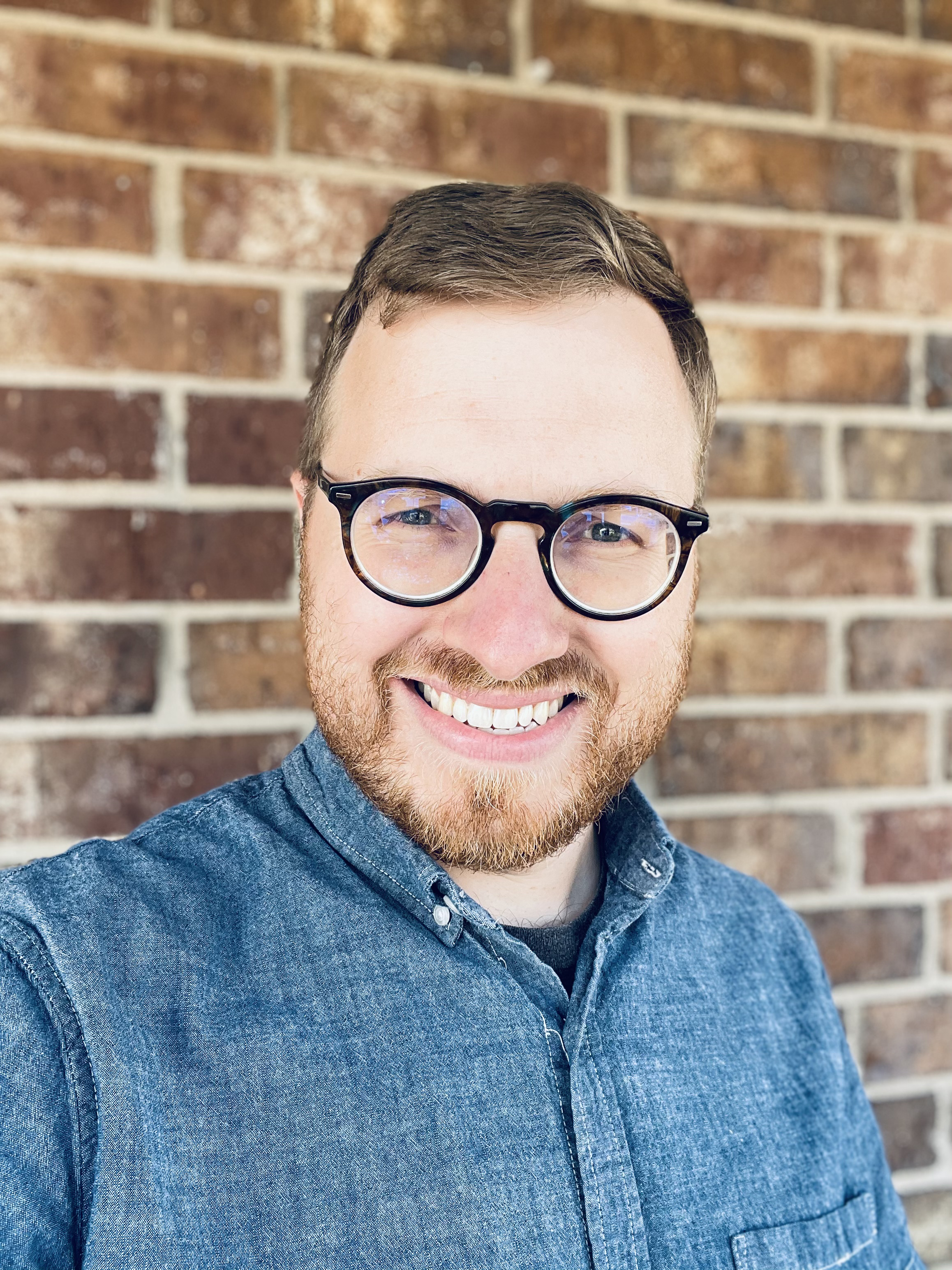 David A. Hormuth, II, PhD, Oden Institute for Computational Engineering and Sciences, University of Texas at Austin
David A. Hormuth, II, PhD, Oden Institute for Computational Engineering and Sciences, University of Texas at Austin
David A. Hormuth received his B.S. degree in Biomedical Engineering from the Rose-Hulman Institute of Technology, and his M.S. and Ph.D. degrees in Biomedical Engineering from Vanderbilt University. At Vanderbilt he was a trainee in the Vanderbilt Institute of Imaging Science where he received training in cancer imaging research and mathematical model of tumor growth and response. He joined the Oden Institute for Computational Engineering and Sciences as a Postdoctoral Fellow and is currently a Research Associate in the Center for Computational Oncology at the Oden Institute where he is developing a framework for tumor growth and response prediction that leverages high-performance computing resources. His current research interests include the development of data-driven predictive models of tumor growth and response to therapy, personalization of mathematical models to patient data, optimization of radiotherapy regimens, and optimization of computational frameworks on high-performance computing environments.
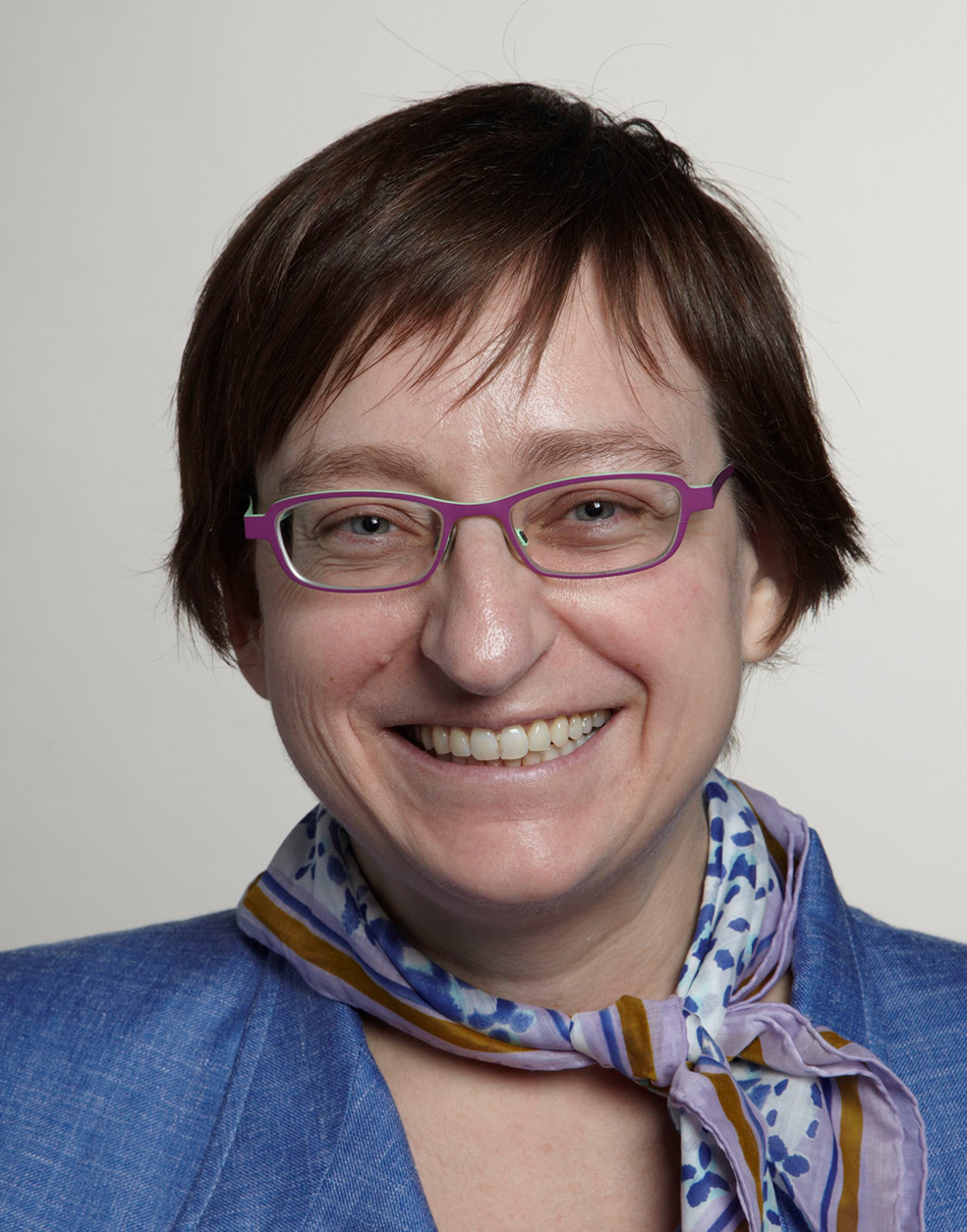
Patricia Kovatch, Icahn School of Medicine at Mount Sinai
Patricia Kovatch is the Senior Associate Dean for Scientific Computing and Data Science at the Icahn School of Medicine at Mount Sinai, founding the division in October 2011. She is also an associate professor for the Department of Genetics and Genomic Sciences, the Icahn Institute for Data Science and Genomic Technology and Pharmalogical Sciences.
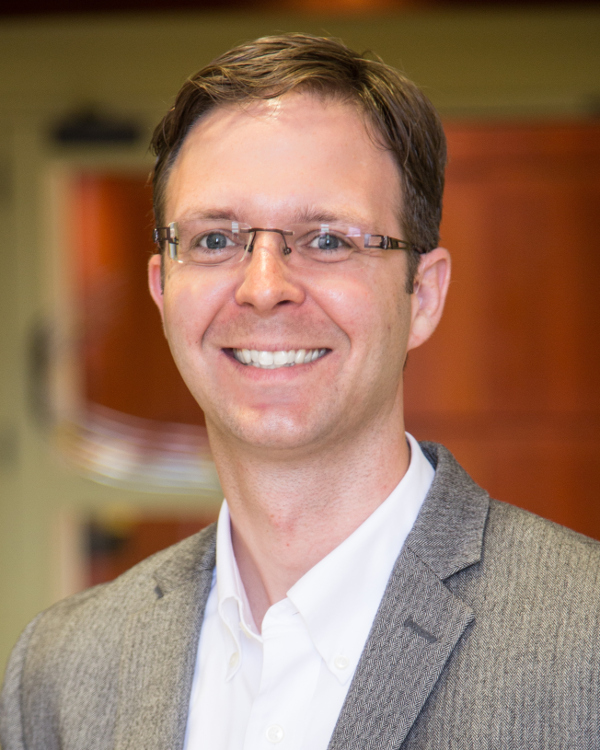 Paul Macklin, PhD, Indiana University
Paul Macklin, PhD, Indiana University
Paul Macklin is a mathematician, Associate Professor of Intelligent Systems Engineering, and Luddy Faculty Fellow at Indiana University. He works with biologists, modelers, and clinicians to develop and validate sophisticated 3D computer models of cancer and other multicellular systems, using the open source PhysiCell platform developed by his lab. He also works with the National Cancer Institute and the Department of Energy on a national initiative to create digital twins for the future of personalized predictive cancer medicine. He recently founded and leads a multi-institutional coalition to develop a multiscale in-host model of SARS-CoV-2 infection dynamics and immune response.
Matthew McCoy, PhD, Georgetown University Medical Center
Dr. Matthew McCoy is an Assistant Professor in the Department of Oncology at Georgetown University Medical Center, where he works at the Innovation Center for Biomedical Informatics to employ techniques from computational biology and bioinformatics to gain insight into complex disease mechanisms, with the ultimate goal of informing therapeutic decision making though personalized models of cancer and genetic disease. Dr. McCoy holds a Ph.D. in Bioinformatics and Computational Biology from George Mason University, a M.Sc. in Bioinformatics from Johns Hopkins University, and a B.Sc in Chemical and Biological Engineering from the University of Colorado.
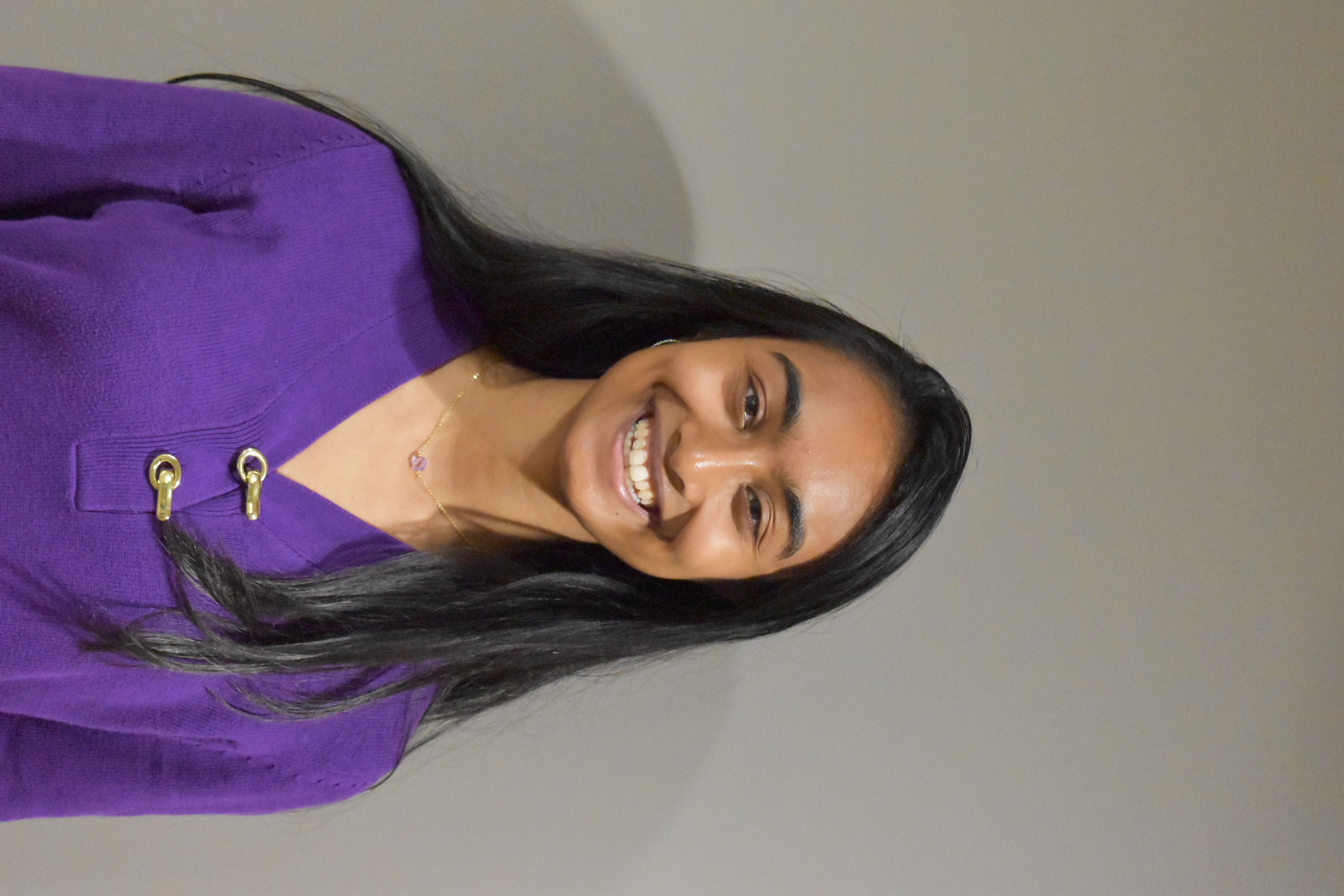
Divya Nagaraj, Stanford University
Divya Nagaraj is an undergraduate at Stanford University studying computer science and biology. She has worked both in research and in industry to study how machine learning can be used for patient outcome prediction and improving healthcare delivery.
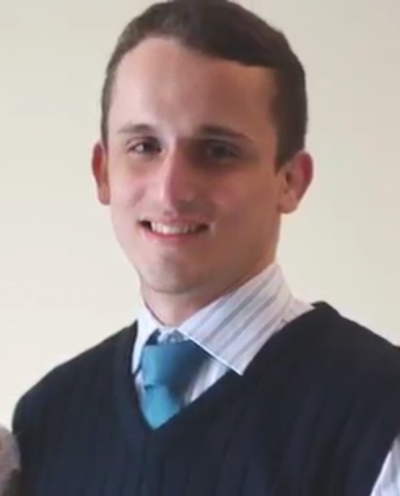
Heber Lima da Rocha, PhD, Indiana University
Heber L. Rocha received his BS in mathematics from Federal University of Sergipe (UFS), Sao Cristovao, Brazil (2013), and MS (2016) and PhD (2019) in computational modeling from the National Laboratory of Scientific Computation (LNCC), Petropolis, Brazil. He joined Indiana University in 2020, as a postdoctoral fellow in Macklin's lab, where he works with agent-based modeling of multicellular systems, cancer modeling, high-throughput computing, and digital pathology.
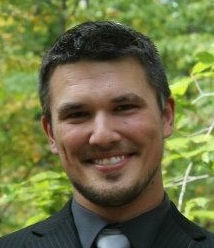 T.J. Sego, PhD, Indiana University
T.J. Sego, PhD, Indiana University
Dr. T.J. Sego is a postdoctoral fellow at the Biocomplexity Institute at Indiana University, where he develops multiscale models and simulation tools of complex biological and biomechanical systems. His research efforts are primarily focused on developing multiscale models and simulations of the immune response during primary infection. His technological efforts are primarily focused on developing multimethod modeling and simulation environments and tools. He is the lead developer of CompuCell3D and Mechanica. Prior to his current appointment, he was a doctoral student at Purdue University, where he developed models and simulations of dynamic microenvironments, bioreactors, and damage mechanics in bone.
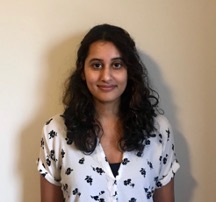
Ashka Shah, University of Chicago
Ashka is a third year PhD student at University of Chicago. She works on AI methods for cancer and systems biology with an interest in explainability and autonomous labs.
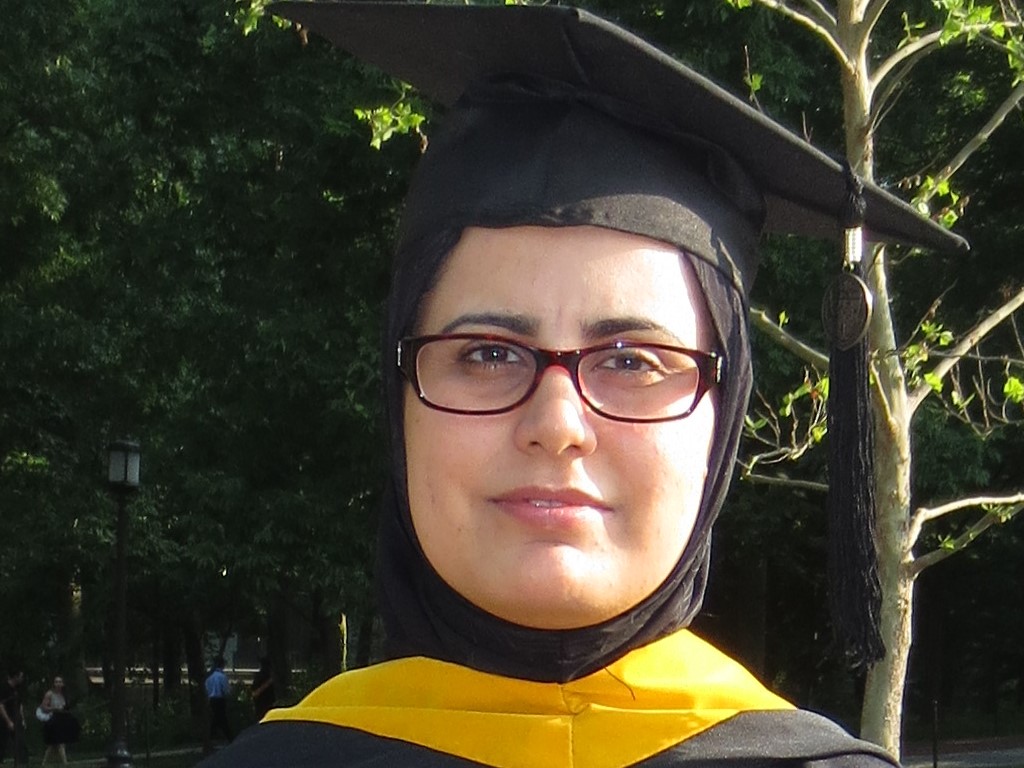 Leili Shahriyari, PhD, University of Massachusetts Amherst
Leili Shahriyari, PhD, University of Massachusetts Amherst
Leili Shahriyari is a faculty in the department of Math & Stat at UMass Amherst. She has studied Computer Science and Mathematics at Johns Hopkins University. She uses a combination of machine learning, statistical methods, and mathematical models to arrive at personalized cancer treatments.
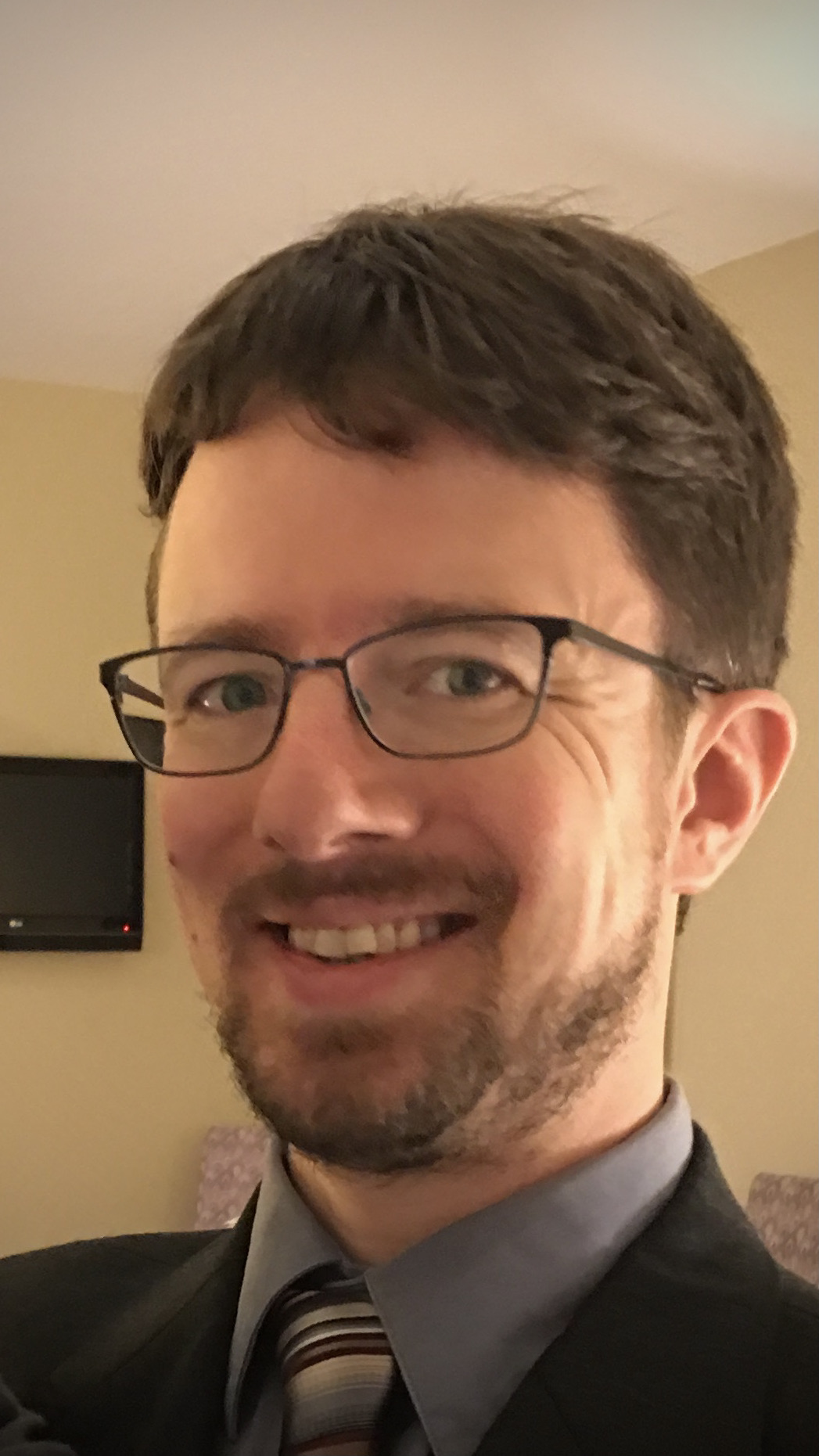
Adam Spannaus, PhD, Oak Ridge National Laboratory
Adam Spannaus is a postdoctoral research associate in the Advanced Computing for Health Sciences section at Oak Ridge National Laboratory researching Bayesian approaches to deep learning, developing topological methods for interpreting deep learning models, and scalable High Performance Computing solutions for modelling blood flow. Prior to Oak Ridge, he received his PhD in mathematics from the University of Tennessee researching methods of data analysis for materials data collected from the Center for Nanophase Materials Science at Oak Ridge National Laboratory.
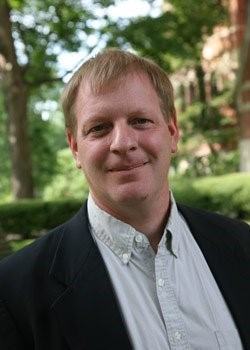
Eric Stahlberg, PhD, Frederick National Laboratory for Cancer Research
Dr. Eric Stahlberg is the director of Biomedical Informatics and Data Science (BIDS) at the Frederick National Laboratory for Cancer Research. Dr. Stahlberg is a founding co-organizer of the Computational Approaches for Cancer Research Workshop (CAFCW), held in conjunction with the SC conference since 2015. He has been instrumental in establishing the Frederick National Laboratory’s high-performance computing initiative and in assembling scientific teams across multiple, complex organizations to advance predictive oncology. In 2017, he was recognized as one of FCW‘s Federal 100.
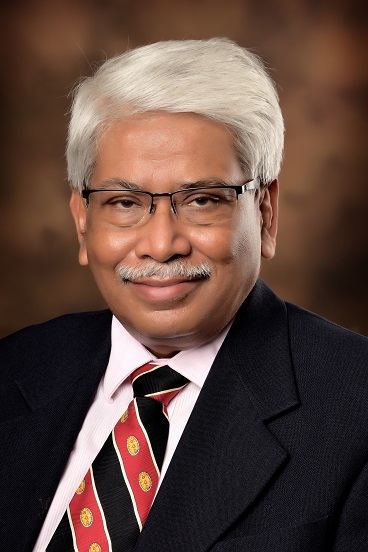
Asoke K. Talukder, PhD, National Institute of Technology Karnataka, Surathkal
Asoke K. Talukder is an innovator and an entrepreneur. He innovated and engineered many technologies and products that are first in the world. He engineered the first 64 bit database in the world for Digital DEC Alpha and Informix in 1993. He setup the first X.25 network with reverse emulator for the Department of Telecommunications, India. He engineered the Network Management System for Queen’s Award winning PDMX. He co-founded Cellnext in 2000 that defined the mobile Web and mobile Internet in India. He co-founded the first big-data genomics company InterpretOmics in India in 2008. He is recipient of many awards for innovation and professional excellence including Karnataka Bio-Excellence Award, ICIM Professional Excellence Award, ICL Services Trophy, ICL Excellence Award, IBM Solutions Excellence Award, Simagine GSMWorld Award, Atlas Club Excellence Award, All India Radio/Doordarshan Award etc. Asoke's expertise ranges from compilers to cancer. He did M.Sc in Physics and Ph.D in Computer Science. He was the DaimlerChrysler Chair Professor at IIIT-Bangalore. Currently he is Chief Science & Technology Officer at SRIT India and Adjunct Faculty, National Institute of Technology, Karnataka Surathkal. Two of his books have been translated in Chinese Language. His current areas of interest are Data Science in Health-care and Bio-Medicine.
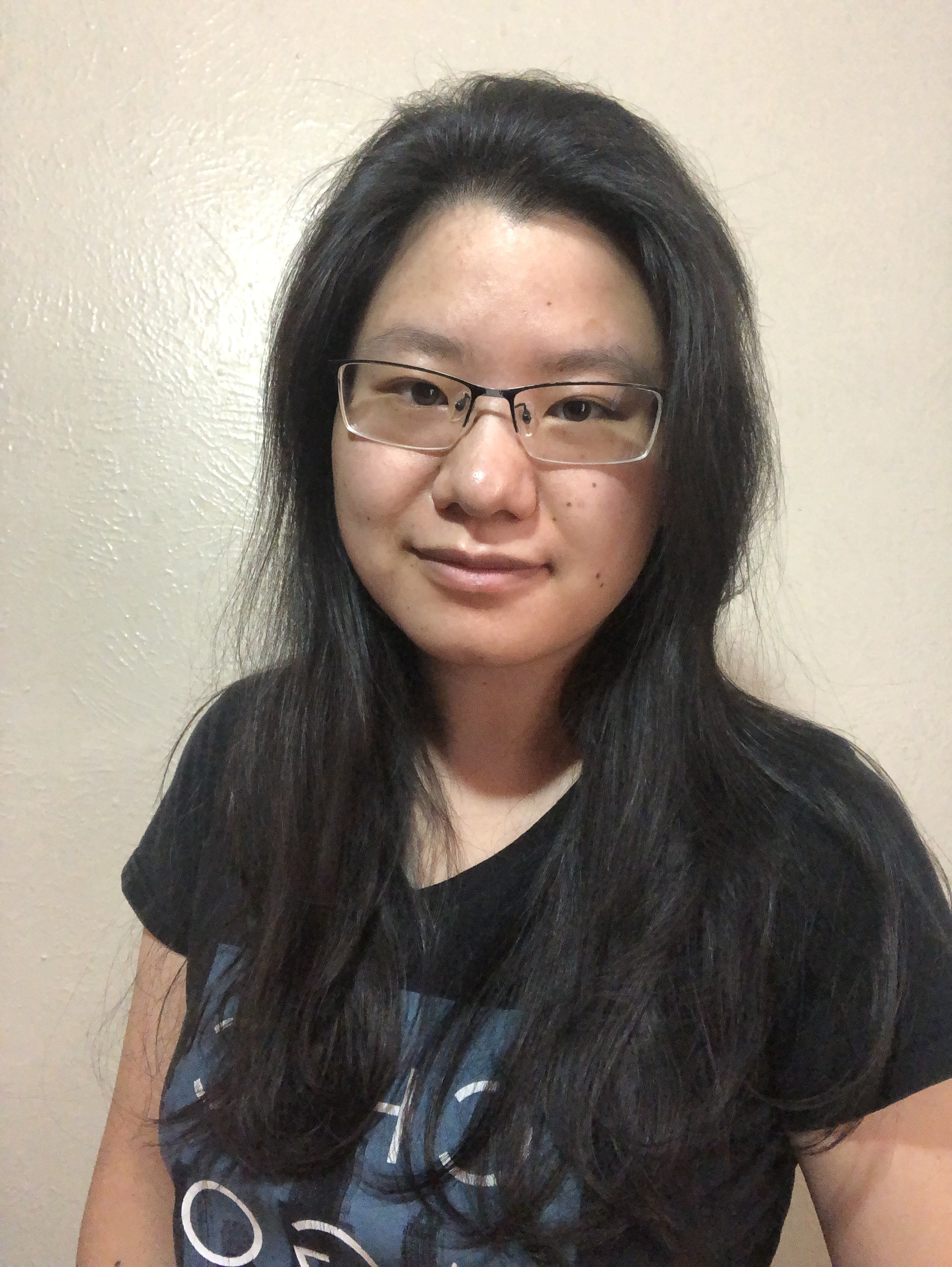 Chengyue Wu, PhD, Oden Institute for Computational Engineering and Sciences, University of Texas at Austin
Chengyue Wu, PhD, Oden Institute for Computational Engineering and Sciences, University of Texas at Austin
Chengyue Wu received her BS in Biosciences (Biophysics and Neurobiology) from University of Science and Technology of China in 2016, and PhD in Biomedical Engineering from The University of Texas at Austin in 2020. Dr. Wu is currently a Postdoctoral Research Fellow at the Oden Institute for Computational Engineering and Sciences, The University of Texas at Austin. Her research interests span the interdisciplinary field of computational medicine and biomedical imaging. Her previous research experience focused on developing and validating computational-experimental approaches for advancing magnetic resonance imaging techniques to improve the diagnostic specificity of breast cancer. Currently at the Oden Institute, her research is continuously focused on the imaging-based mathematical oncology. She serves on the Mathematical Oncology Subgroup Executive Committee of the Society for Mathematical Biology (SMB). She has also been regularly serving as a co-organizer, moderator, and/or reviewer on multiple scientific conferences, as well as a reviewer for several scientific journals.
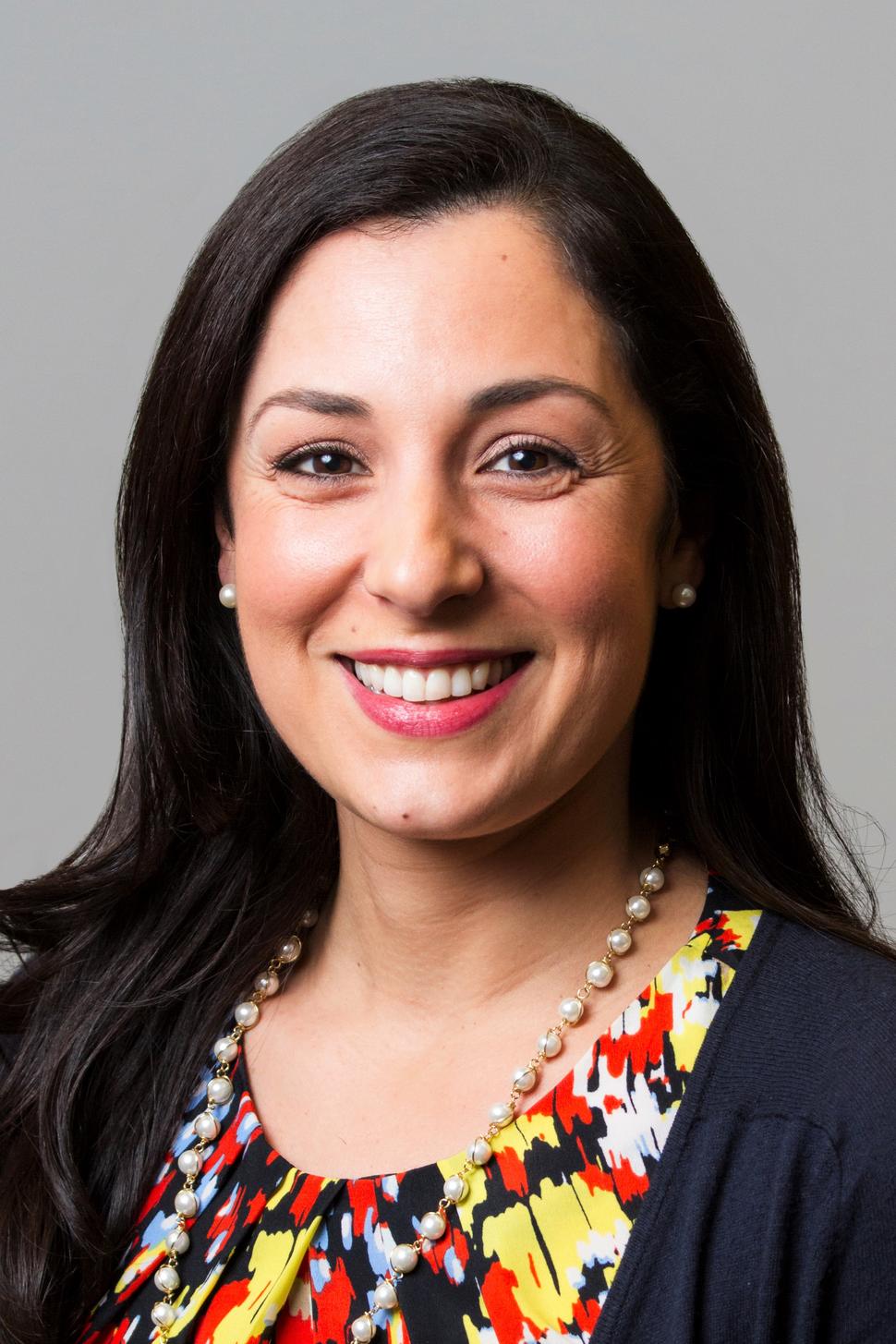 Nastaran (Nas) Zahir, PhD, National Cancer Institute
Nastaran (Nas) Zahir, PhD, National Cancer Institute
Nastaran (Nas) Zahir, PhD, is Chief of the Cancer Training Branch in the Center for Cancer Training where her role is to oversee the extramural research fellowships, training, and career development programs funded by the National Cancer Institute (NCI). Prior to joining the Center for Cancer Training in 2021, Dr. Zahir served as Associate Director at the NCI Division of Cancer Biology where she coordinated programs that integrate physical sciences perspectives in cancer research, fostered collaborative team science, supported education, outreach, and advocacy activities, and promoted resources for data sharing and biospecimen standards. Dr. Zahir joined the NCI in 2009 as a Program Director in the Office of Physical Sciences-Oncology. She has conducted research in tissue engineering at the NIH, breast cancer mechanobiology at the University of Pennsylvania Department of Bioengineering, and plasma physics and radiation biology at the University of California, Berkeley Department of Nuclear Engineering.
